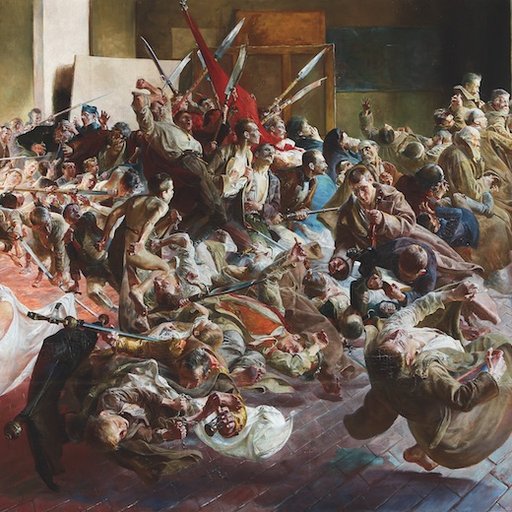Josef Sudek
Reflective of the neo-romantic mood of Eastern European artists of the 1920s, Czech photographer Josef Sudek's work captures natural light, effectively connecting the emotional and physical arenas. Despite losing a hand in World War I, Sudek bought a camera with his Army disability pension and begin to create art. Aside from a few more mainstream commercial commissions, Sudek's work demonstrates a deeply personal and prophetic touch. His introverted, reclusive nature lent itself to a series of photographs shot within his studio, using the window as both a backdrop and a vantage point, further linking the internal and external worlds. The still lifes and landscapes shot by his window encapsulated natural weather, such as ice and rain drops on the window sill, or the rays of morning sunlight over the Prague skyline, requiring impeccable patience in their execution, sometimes taking up to ten years to produce a photograph. Sudek's reserve did not keep him from venturing into the outdoor spaces of public parks, streets, and churches, featured in some of his most famous series, such as his photographs of the inside of St. Vitus Cathedral, the gardens outside his studio, and the panoramas of the city streets.
Sudek founded the Czech …
Reflective of the neo-romantic mood of Eastern European artists of the 1920s, Czech photographer Josef Sudek's work captures natural light, effectively connecting the emotional and physical arenas. Despite losing a hand in World War I, Sudek bought a camera with his Army disability pension and begin to create art. Aside from a few more mainstream commercial commissions, Sudek's work demonstrates a deeply personal and prophetic touch. His introverted, reclusive nature lent itself to a series of photographs shot within his studio, using the window as both a backdrop and a vantage point, further linking the internal and external worlds. The still lifes and landscapes shot by his window encapsulated natural weather, such as ice and rain drops on the window sill, or the rays of morning sunlight over the Prague skyline, requiring impeccable patience in their execution, sometimes taking up to ten years to produce a photograph. Sudek's reserve did not keep him from venturing into the outdoor spaces of public parks, streets, and churches, featured in some of his most famous series, such as his photographs of the inside of St. Vitus Cathedral, the gardens outside his studio, and the panoramas of the city streets.
Sudek founded the Czech Photographic Society in 1924, when his career as one of Europe's most influential photographers was just beginning. Best known by a mainstream audience for his nightscapes and panoramas of Prague, Sudek's first Western show was at the George Eastman House in 1974. Originally a craftsman of bound books, Sudek published 16 books during his lifetime. His shyness kept him from attending many of his own exhibitions; however, Sudek's innovative exploration of both the physical and psychological commanded the emerging art of photography.
Centre Pompidou - Musée National d´Art Moderne, Paris, France
Musée d'Art Moderne et Contemporain, Strasbourg, France
Museum of Fine Arts, Boston, Boston, MA
The Art Institute of Chicago, Chicago, IL
Museum of Fine Arts Houston, Houston, TX
The Getty Center, Los Angeles, CA
Los Angeles County Museum of Art, Los Angeles, CA
Philadelphia Museum of Art, Philadelphia, PA
San Francisco Museum of Modern Art, San Francisco, CA
Robert Koch Gallery, San Francisco, CA





